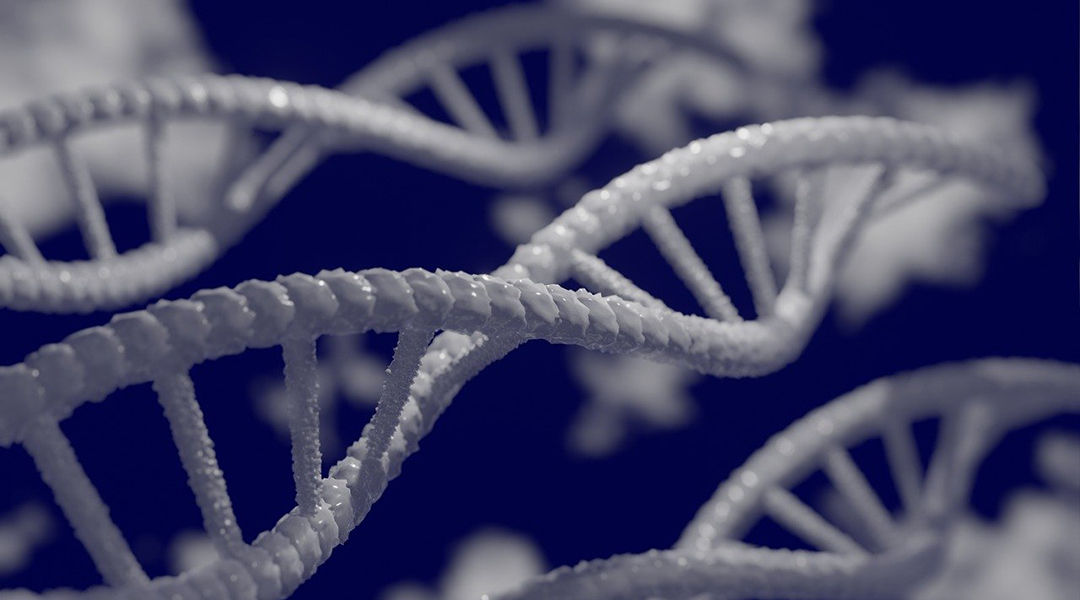Image credit: Mahmoud Ahmed from Pixabay
Hydrogels are highly absorbent polymer networks that absorb water. As a result, they possess unique mechanical and structural properties, making them suitable for a range of biomedical applications including protein therapy, as wound dressings, and in regenerative medicine. However, their usefulness is limited because they are unable to interact with any biological molecules or targets that they may be carrying. This can be problematic as it can result in reduced ability to release active molecules where or when they are needed.
To overcome this, hydrogels can be fitted with ligands (or handles) that are built to interact with a specific molecule or biomolecule. Aptamers, which are synthetic nucleotide-based sequences selected in vitro from single-stranded DNA or RNA libraries, are emerging as a ligand of choice for this type of application. In principle, aptamers can be selected for any target, including cells, proteins, drugs, or small ions, tofunctionalize hydrogels with high selectivity and sensitivity to their targets.
“One such application is protein delivery,” explained Yong Wang, professor at Pennsylvania State University. “The incorporation of aptamers to hydrogels can stably sequester protein drugs and prolong their release. These properties help to reduce the undesired side-effects concomitant with therapeutic protein treatment.
“The therapeutic potential of protein drug delivery from aptamer-functionalized hydrogels have been tested in animal models,” he continued. “The outcome of the research is very encouraging, demonstrating the potential of aptamer-functionalized hydrogels for various applications such as regenerative medicine.”
Notably, as aptamers are a nucleotide-based sequence, they can specifically bind to their complementary sequence through base-pair matching. This unique function that other ligands, such as antibodies, do not have allows one to design programmable/responsive hydrogels for capture and release. When added to the aptamer-functionalized hydrogel, complementary sequences create binding competition with the protein bound to the aptamer. This competition facilitates the release of the protein at the desired time and dose.
In another case, aptamer-complementary sequence interactions can be exploited for the design of a biosensing systems. For instance, the incorporation of complementary sequences can facilitate the degradation of aptamer-crosslinked hydrogels and the release of encapsulated signaling probes. “A key advantage of aptamer-functionalized hydrogels is their tunability,” said Wang. “These hydrogels can be elegantly designed to match the application criteria. For example, hydrogels may release gold nanoparticles for instantaneous readout in point-of-care applications or amplifying enzymes for highly sensitive biomolecule detection.”
Hydrogels can also be functionalized with aptamers selected against specific cell surface receptors to enhance cell-biomaterials interactions. The potential has been evaluated for the detection of cancer cells such as circulating tumor cells. Circulating tumor cells are present in patient blood samples at extremely low levels, which makes it challenging for their separation and detection. Aptamer-functionalized hydrogels can be used to design cancer cell separation devices that are highly selective. Moreover, the captured cells can be released from the surface using the complementary sequence for downstream analysis.
“While hydrogels and aptamers have been well studied, the integration of aptamers and hydrogels emerged only recently. We hope more effort will be put into this research area to improve our understanding of aptamer-functionalized hydrogels for the design of intelligent biomaterials mimicking the complex biological interactions present in the body such as immune response,” said Wang.
Written by: Lidya Abune and Brandon Davis
Reference: Lidya Abune, Brandon Davis and Yong Wang, Aptamer-functionalized hydrogels: An emerging class of biomaterials for protein delivery, cell capture, regenerative medicine, and molecular biosensing, WIREs Nanomedicine & Nanobiotechnology (2021). DOI: 10.1002/wnan.1731

















